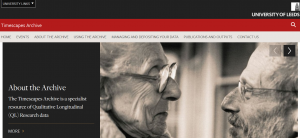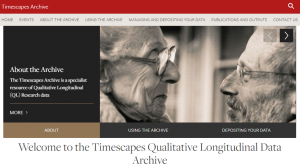Today’s post is written by Prof Lynn Jamieson along with Dr Emma Davidson (University of Edinburgh) and Prof Rosalind Edwards and Dr Susie Weller (University of Southampton). The blog discusses the potential of qualitative secondary analysis, and in particular ‘big qual’ analysis, for helping to overcome the restrictions placed on qualitative work during the global …
Tag: breadth-and-depth method
Mar 21
Post#27: Dr Emma Davidson, Justin Chun-ting Ho and Prof Lynn Jamieson: Computational text analysis using R in Big Qual data: lessons from a feasibility study looking at care and intimacy
Today’s post is written by Dr Emma Davidson, and her colleagues Justin Chun-ting Ho and Professor Lynn Jamieson in Sociology at the University of Edinburgh. The blog considers the potentials and pitfalls of using R, a tool for computational text analysis, to get an overview of a large volume of qualitative data and to identify areas of salience …
Mar 04
Post#25: Dr Susie Weller, Prof Rosalind Edwards, Prof Lynn Jamieson and Dr Emma Davidson: Selecting data sets to create new assemblages
The focus of today’s blog is on the process of identifying qualitative material from multiple archived data sets to bring together to conduct secondary analysis. This process is the first stage in a four-step breath-and-depth method we developed for analysing large volumes of qualitative data. We draw on our experiences of conducting the ESRC National …
Feb 06
Guest post#21: Dr Sarah Lewthwaite: Working in collaboration to develop the teaching of big qual analysis
Dr Sarah Lewthwaite, Research Fellow in the ESRC National Centre for Research Methods (NCRM) and Southampton Education School, University of Southampton, contributes today’s guest post. Sarah has expertise in the learning and teaching of advanced research methods, as well as, the intersections between critical theory, accessibility, new technologies and student experience in higher education. In …




